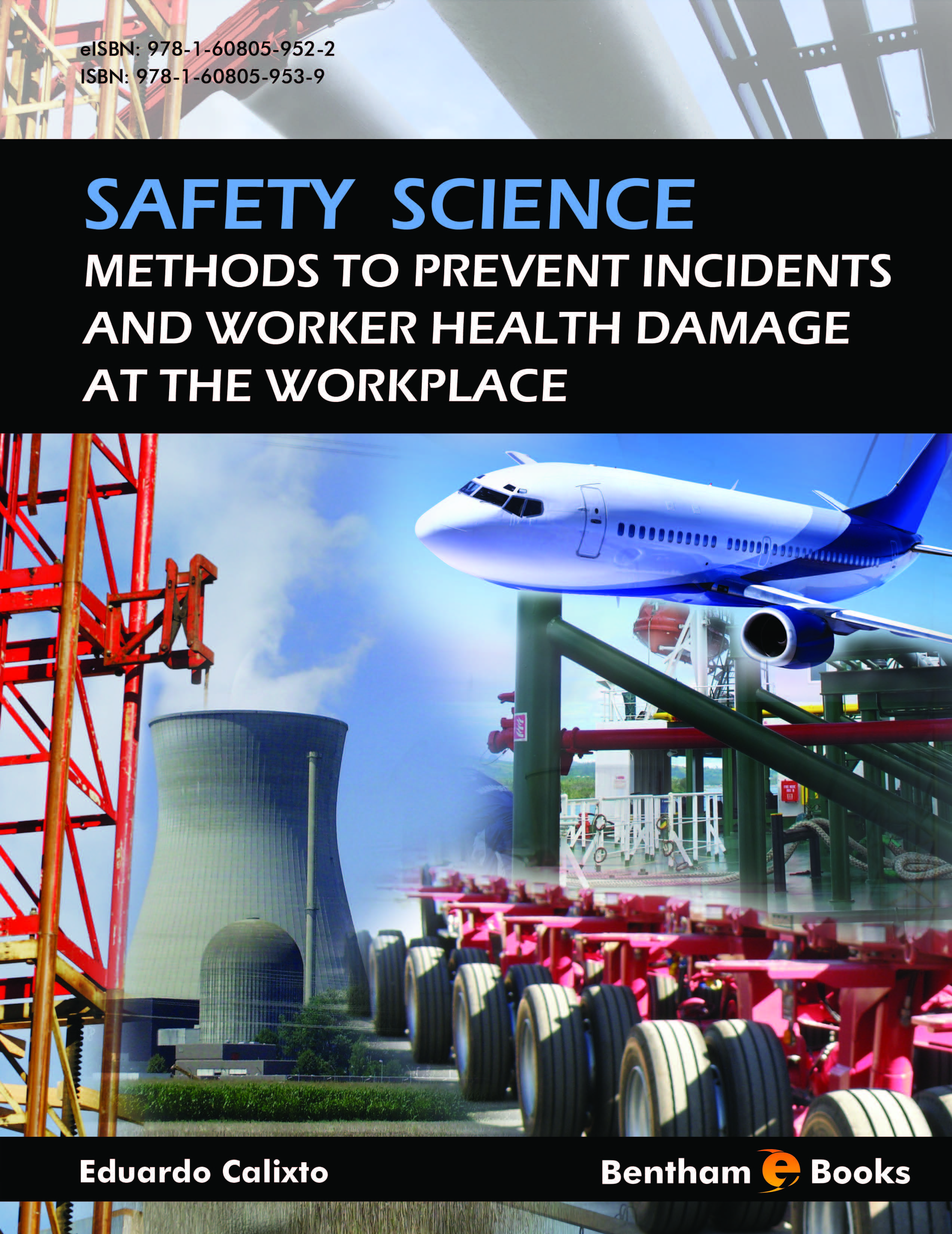Introduction
Risk management is a process through which an organization methodically analyses risks inherent in all of its operational activities with the aim of minimizing damage to physical assets or occupational health hazards. Risk Management, therefore, should be a central element in the management strategy of any organization as it plays a crucial role in giving the organization a sustainable operational advantage.
Safety Science: Methods to Prevent Incidents and Worker Health Damage at the Workplace is a handbook for management students and working professionals (safety professionals, human resource managers, insurance officers etc.) interested in the science of risk management and methods to implements safety standards at the workplace.
The book introduces readers to the concept of occupational risk and occupational health management. It explains the concepts relevant to these topics such as safety economy valuation and asset integrity management. Assessment tools related to qualitative and quantitative risk management, incident and vulnerability analysis are also provided. Additionally, readers will find information on the human factors and methods to improve human engagement in risk management as well as information about current safety standards and systems in organizations around the world.

